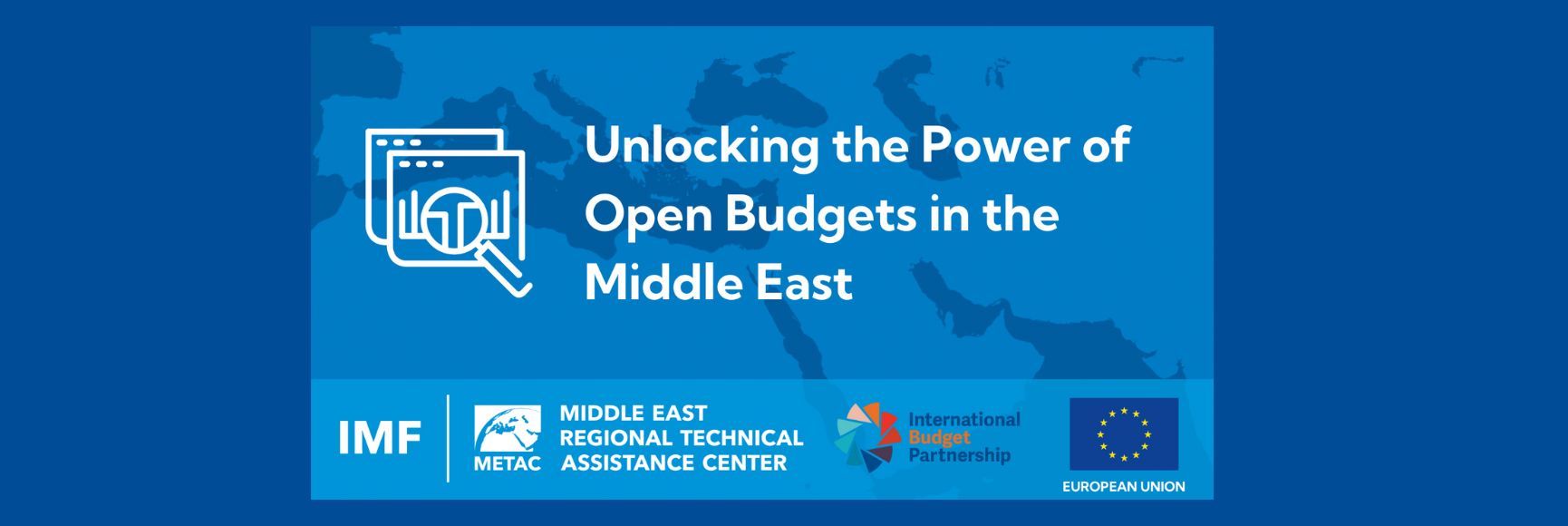A recent article in The Economist[1] argued that there were several ways in which central bankers took decisions about monetary policy, for example whether and when to increase or reduce interest rates. Most central banks now appoint committees of senior officials to take such decisions. The article points out that there is a stark difference:
” ….. between an individualistic approach to committees – as found in Britain and the Nordic countries – and collegiate committees such as at the European Central Bank (ECB). In the individualistic model, policymakers express their own views, argue for a desired policy position and then vote for the action they prefer, with the votes later published. Members can and do disagree in public. By contrast, in a collegial system, the approach is to debate the options and then come to a collective decision, which all members stand behind. At the ECB, the aim is to achieve consensus and individual voting records are not published.”
The article also observes that “the Federal Reserve is something of a hybrid. Members of the Federal Open Market Committee (FOMC) can go their own way and individual voting records are published. At the same time the committee places a high value on collegiality.” It notes a comment from Alan Blinder that under Alan Greenspan, the Fed’s chairman from 1987 to 2006, the FOMC was an “autocratically collegial system”.
The Economist sits on the fence about which system produces better decisions. The article points out that “although the need for consensus may slow down decision-making, it also allows policymakers to speak with a clear voice to financial markets...the ability to send markets a single message is extremely useful.”
A similar dilemma between efficiency and transparency exists in finance ministries. Years ago, budgets were highly secret documents. No longer. Transparency is the name of the game. In many countries, finance ministers increasingly communicate via lobby groups, participatory committees, and fiscal councils. These groups have similarities to the committees employed by central banks.
In some countries, finance ministers still have discretion to decide what information should be publicly revealed about critically important fiscal decisions concerning the budget, fiscal rules, or fiscal strategy, just as some central bank governors (examples are the UK and New Zealand) used to hold the reins on monetary policy decisions. Examples of market sensitive fiscal decisions include changes in customs and excise duties or social security rules, new limits on government borrowing or debt, changes in government projections of spending and revenue, and many more. But the rules on what is or is not market sensitive are not well documented or regulated. In some countries, transparency is required by legislation: for example, in many European countries, the reports of a fiscal council are mandated by law.
What needs to be established are the conditions under which the disclosure of fiscal information can be market sensitive and should justifiably be withheld from the public. Present guidelines are largely silent on this important matter.
Richard Allen is a senior consultant and advisor on public finance issues, and co-editor of the PFM Blog.
[1] Free Exchange: Great Divide: Should central bankers argue in public? The Economist, August 10, 2024.






